EPA, DHA and EAAs from cultured bivalves in 2022 met the needs of 78.68 million and 17.3 million people, respectively
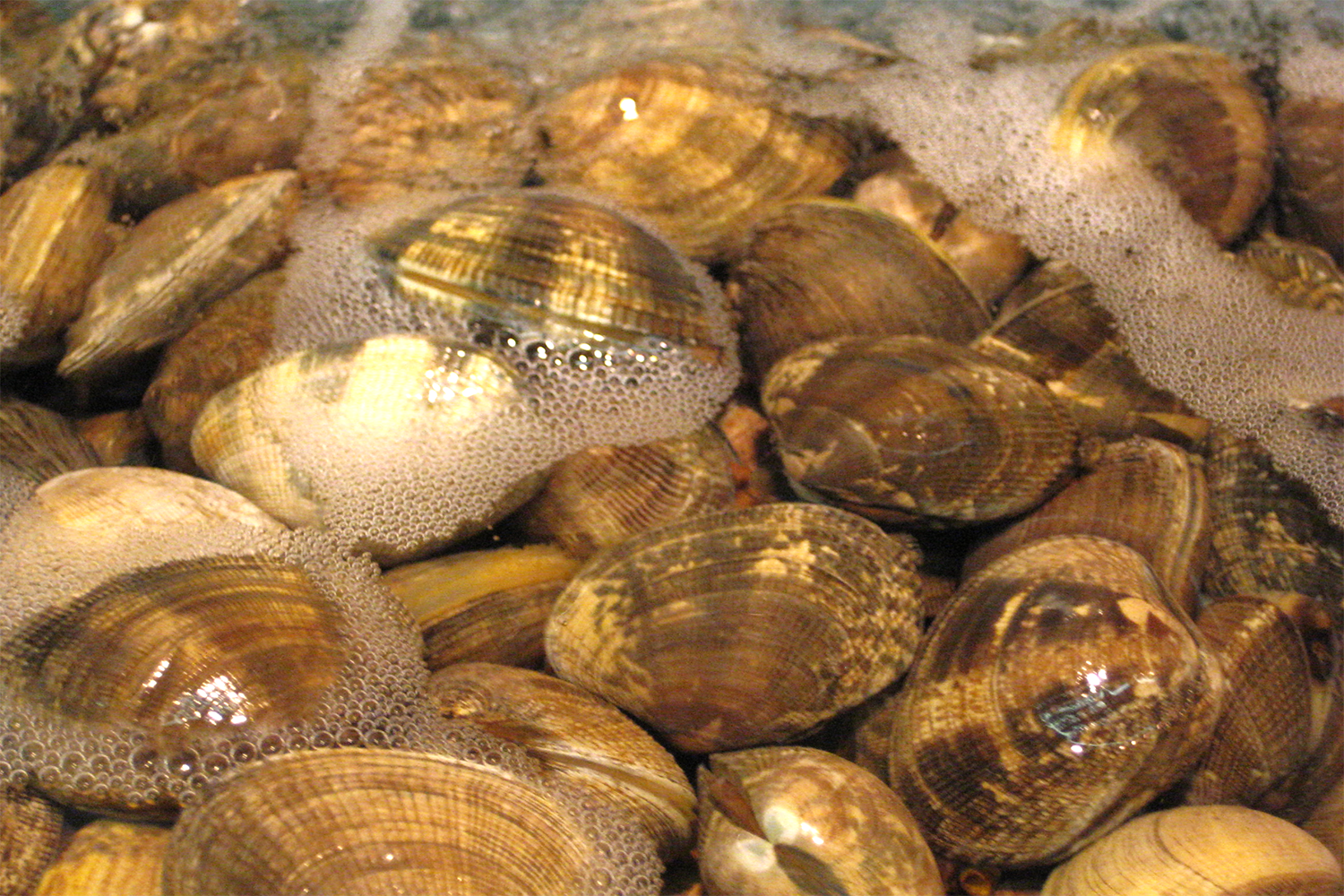
In 2023, it was estimated that about 2.3 billion people (28.9 percent of the world population) did not have regular excess to adequate nutrition, with 864 million people (10.7 percent of the world population) experiencing severe food insecurity. Among essential nutrients, omega-3 long-chain polyunsaturated fatty acids (n-3 LC-PUFAs), especially docosahexaenoic acid (DHA) and eicosapentaenoic acid (EPA), as well as essential amino acids (EAAs), play an important role in human growth and development.
Various major health organizations have proposed guidelines for EPA + DHA intake, with most recommending a daily minimum of 500 mg. To date, the annual global production of EPA + DHA is estimated to be about 160,000 tons, while the demand for EPA + DHA has reached 1.48 million tons. As a result, deficiencies in omega-3 LC-PUFAs have been reported globally, particularly in regions such as Central Europe, the United Kingdom, North America, the Middle East, and India.
Amino acids play a critical role in the synthesis of enzymes, immune components, hormones, and neurotransmitters, as well as in energy production when carbohydrate and lipid intake is inadequate. Amino acids are categorized into two groups based on the body’s ability to synthesize them: essential amino acids (EAAs) and non-essential amino acids. EAAs cannot be synthesized by the body or are produced in insufficient quantities. Therefore, it is vital to obtain adequate amounts of EAAs through dietary intake.
The growing demand and supply gap of EPA + DHA and EAAs is unlikely to be narrowed by increasing protein production from crops, livestock, and land-based aquaculture (freshwater farming), as land agriculture faces competition for limited land and water resources, with annual production currently showing a decreasing trend. In fact, EPA and DHA are primarily sourced from marine environments, with terrestrial food contributing very little to global EPA and DHA production.
Marine bivalves are considered a high-quality source of animal protein, very rich in n-3 LC-PUFAs. Unlike fish and crustaceans, bivalves are unfed species that do not require additional feed, relying entirely on phytoplankton and suspended organic particles from their surrounding water. As a result, bivalve aquaculture has a low carbon footprint and has been promoted as an adaptation measure to address the challenges of climate change. As demand for seafood continues to rise globally, the bivalve aquaculture industry is poised for further growth, driven by sustainability, innovation, and rising global demand for eco-friendly protein sources.
This article, summarized from the original publication, reports on a study to evaluate the performance of bivalve aquaculture in terms of lipid and protein production. These findings can serve as a guide for formulating aquaculture management plans to further increase the production of EPA + DHA and EAAs, helping to narrow the gap between demand and supply for high quality animal protein.
Seeking blue futures: Can aquaculture take a leading role on island nations?
Study setup
The annual production of lipids and proteins from different bivalve groups was estimated based on the Food and Aquaculture Organization of the United Nation 2024 report and the average lipid and protein quality of bivalves, as reported by Tan et al. and Song et al.
For detailed information on the data and formulae used, and statistical analyses, refer to the original publication.
Results and discussion
Calculating the average lipid and protein nutritional quality of marine bivalves shows that, in general, flesh content in marine bivalves ranged from 17.8 to 30.0 percent, with scallops and razor clams having the highest flesh content, while mussels and clams had the lowest. In terms of lipid nutritional quality, the content of lipids, PUFA, and EPA + DHA in clams was significantly higher than in other bivalves, while it was significantly lower in scallops and razor clams. Regarding protein nutritional quality, the content of protein, AAs, and EAAs was highest in scallops and lowest in razor clams and oysters.
The annual production of lipids, PUFA, and EPA + DHA from global bivalve aquaculture from 2018 to 2022 is illustrated in Fig. 1. The production of lipids increased by 6 percent, from 52,870 tons in 2018 into 56,070 tons in 2022, with oysters (34.1 percent) and clams (31.9 percent) contributing the most, followed by mussels (14.3 percent), scallops (13.7 percent), and razor clams (6 percent) (Fig. 1A).

From the perspective of PUFAs, global production from bivalve aquaculture increased by 6.5 percent, from 24,170 tons in 2018 to 25,750 tons in 2022, with an average growth of 1.3 percent per year. The production of PUFAs from bivalve aquaculture followed a descending order of oysters (33.5 percent) > clams (37.3 percent) > mussels (13.9 percent) > scallops (11.3 percent) > razor clams (4.0 percent) (Fig. 1B). Among PUFAs, the production of EPA + DHA from global bivalve aquaculture increased by 5.9 percent, from 13,560 tons in 2018 to 14,360 tons in 2022, with clam aquaculture contributing the most (43.1 percent), followed by oysters (28.7 percent), mussels (15.8 percent), scallops (12.0 percent), and razor clams (0.4 percent) (Fig. 1C).
The annual production of proteins, amino acids (AAs), and EAAs from global bivalve aquaculture from 2018 to 2022 increased by 4.4 percent, from 442,000 tons in 2018 to 461,000 tons in 2022, with oyster aquaculture (29.6 percent) contributing the most, followed by clams (26.5 percent), scallops (22.3 percent), mussels (13.0 percent), and razor clams (8.5 percent) (Fig. 2A).

In terms of AAs production, it increased by 3 percent, from 194,900 tons in 2018 to 200,700 tons in 2022, with the contribution of different bivalve groups in descending order of scallops (32.3 percent) > oysters (26.2 percent) > clams (22.4 percent) > mussels (13.4 percent) > razor clams (5.6 percent) (Fig. 2B). Among AAs, the production of EAAs increased by 3.1 percent from 78,500 tons in 2018 to 81,000 tons in 2022 (Fig. 2C). The production of EEAs from bivalve aquaculture followed a descending order of scallops (29.5 percent) > clams (28.0 percent) > oysters (23.5 percent) > mussels (12.7 percent) > razor clams (6.4 percent).
In general, animal protein is recognized as having higher nutritional value than plant protein, mainly because animal protein has higher digestibility and bioavailabity to humans, as well as higher levels of EAAs, which are more beneficial to human health. Among animal proteins, those from marine animals have much higher nutritional quality, given their high digestibility (>90 percent) and higher levels of AAs, omega-3 LC-PUFAs, and other bioactive compounds with many health benefits.
In recent decades, the drastic increase in the world population and average per capita income has significantly increased the demand for high quality animal proteins. And the uneven distribution of high-quality animal proteins toward high-income groups has caused serious food inequality issues, resulting in a greater need for food to meet the global demand for high quality animal protein. In fact, more than one-third of the world’s population (2.8 billion people) does not consume the appropriate food required to meet minimal nutrient requirements, and more than 580 million people are chronically undernourished, especially in low-income countries. Unfortunately, limited land area, overfishing, environmental degradation, and climate change have restricted the expansion of food production from land-based agriculture, fisheries and aquaculture.
From the perspective of narrowing the gap between food supply and demand through the expansion of bivalve mariculture, an environmentally friendly and sustainable source of high quality, the production of bivalves from aquaculture has increased by 7.1 percent from 2018 to 2022, a rate higher than the growth rate of the global human population (3.5 percent increased from 7.73 billion in 2018 to 8.0 billion in 2022). This indicates the increasingly important role of bivalve mariculture in narrowing the demand and supply gap for high quality animal protein. The increase in the production rate of protein (4.4 percent) and EPA + DHA (6.5 percent) from bivalve aquaculture between 2018 and 2022 was much higher than the growth rate of the global population (3.5 percent), although the increased EAAs supply (3.1 percent) still lagged behind.
Despite the increasing production of EPA + DHA and EAAs from bivalve aquaculture, in 2022 (with a global population of 8 billion people), based on the recommended minimum intake of 500 mg of EPA + DHA per day, an estimated adequate protein consumption rate of 50 g/per capita/day, and an EAA requirement of 12.845 grams per capita/day for an adult male weighing 70 kg and 177 cm tall, the concurrent production of EPA + DHA (14,360 tons), protein (462,000 tons), and EAAs (81,000 tons) only met the requirements of 0.98 percent (78.68 millions), 0.31 percent (25 million), and 0.22 percent (17.3 million) of the global population.
It is estimated that the current global production of EPA + DHA is about 160,000 tons per year (meeting the recommended minimum EPA + DHA intake for 11 percent of global population), with global aquaculture contributing a net 58,000 tons of EPA + DHA production per year. It is worth noting that the current production of EPA + DHA from global bivalve aquaculture accounts for about 25 percent of the EPA + DHA produced by global aquaculture, despite bivalve aquaculture representing only 8.86 percent of the total production of cultured aquatic animals, indicating that bivalve aquaculture is highly efficient in producing EPA + DHA. Among bivalve species, the aquaculture of clams is the most effective for PUFA and EPA + DHA production.
It is worth noting that, except for China, most coastal nations currently use only less than 1 percent of their sea area suitable for bivalve aquaculture, and there are still more than 1.5 million square kilometers of ocean suitable for bivalve aquaculture. If these areas were so utilized, it could easily increase the production of cultured bivalves by 100-fold.
The main challenge for the development of bivalve aquaculture in most coastal nations is their heavy reliance on inconsistent seed supplies from the wild. In fact, the key to success in China’s bivalve aquaculture industry has been their significant technical breakthrough in producing bivalve seed in hatcheries. Therefore, other coastal nations should also focus on developing their own bivalve hatcheries to support the expansion of bivalve aquaculture.
Perspectives
This study concludes that bivalves are an important source of high-quality animal protein rich in EAAs and omega-3 LC-PUFAs (EPA and DHA). From 2018 to 2022, the production of bivalves increased by 7.1 percent by wet weight, while the yield of crude protein, PUFAs, EPA + DHA, and EAAs increased by 4.4, 5.9, 6.5 and 3.1 percent, respectively. The 2022 production of EPA + DHA and EAAs met the requirements of 78.68 million and 17.3 million healthy adults, respectively. Among bivalves, clams and scallops are the most effective at producing EPA + DHA and EAAs, respectively, while oyster aquaculture produces the least.
The results of this study provide an overview of the current status of lipid and protein production from bivalve aquaculture and also offer guidance for the development of management plans to be implemented in the future expansion of bivalve aquaculture.
Now that you've reached the end of the article ...
… please consider supporting GSA’s mission to advance responsible seafood practices through education, advocacy and third-party assurances. The Advocate aims to document the evolution of responsible seafood practices and share the expansive knowledge of our vast network of contributors.
By becoming a Global Seafood Alliance member, you’re ensuring that all of the pre-competitive work we do through member benefits, resources and events can continue. Individual membership costs just $50 a year.
Not a GSA member? Join us.
Author
-
Karsoon Tan, Ph.D.
Corresponding author
College of Marine Science, Guangxi Key Laboratory of Beibu Gulf Biodiversity Conservation, Beibu Gulf Ocean Development Research Center, Beibu Gulf University, Beibu Gulf Marine Ecological Environment Field Observation and Research Station of Guangxi, Qinzhou, Guangxi, China
Tagged With
Related Posts
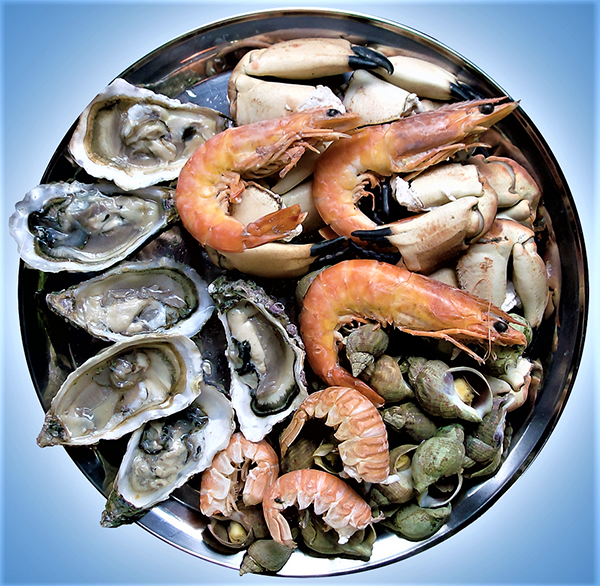
Intelligence
Are alternative shelf life-extending protocols effective on seafood products?
Implementing additional treatments in seafood processing could reduce the need for freezing, extending the shelf life of fresh unfrozen products.
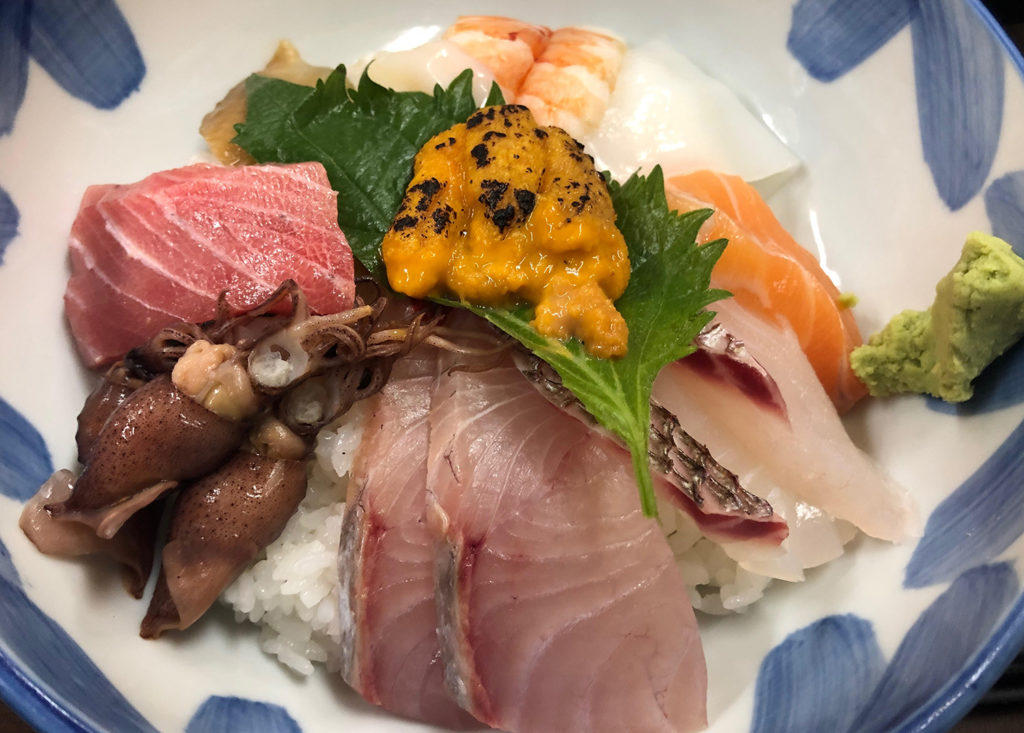
Intelligence
Analysis of global diets highlights persistent undernutrition
Climate change, shifting incomes and evolving diets complicate the search for solutions to obesity and undernutrition in vulnerable populations.
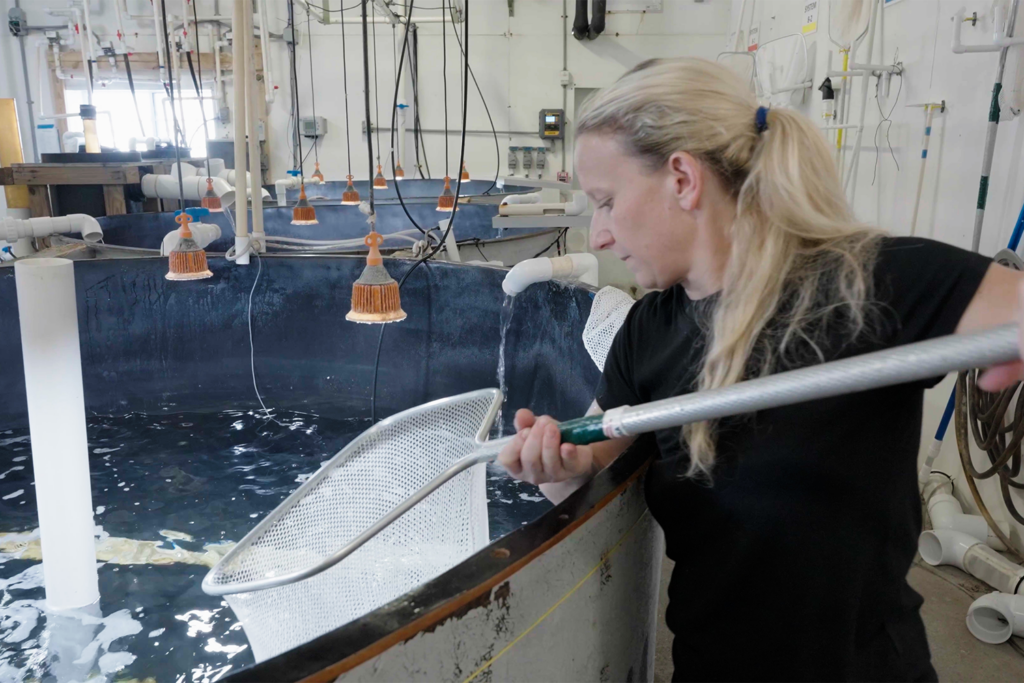
Innovation & Investment
‘Synergies between land and ocean’: Regenerative farming accelerator eyes a faster-growing blue economy
Pine Island Redfish, a Florida-based aquaculture startup, joins Bright Tide's accelerator to advance regenerative farming practices.
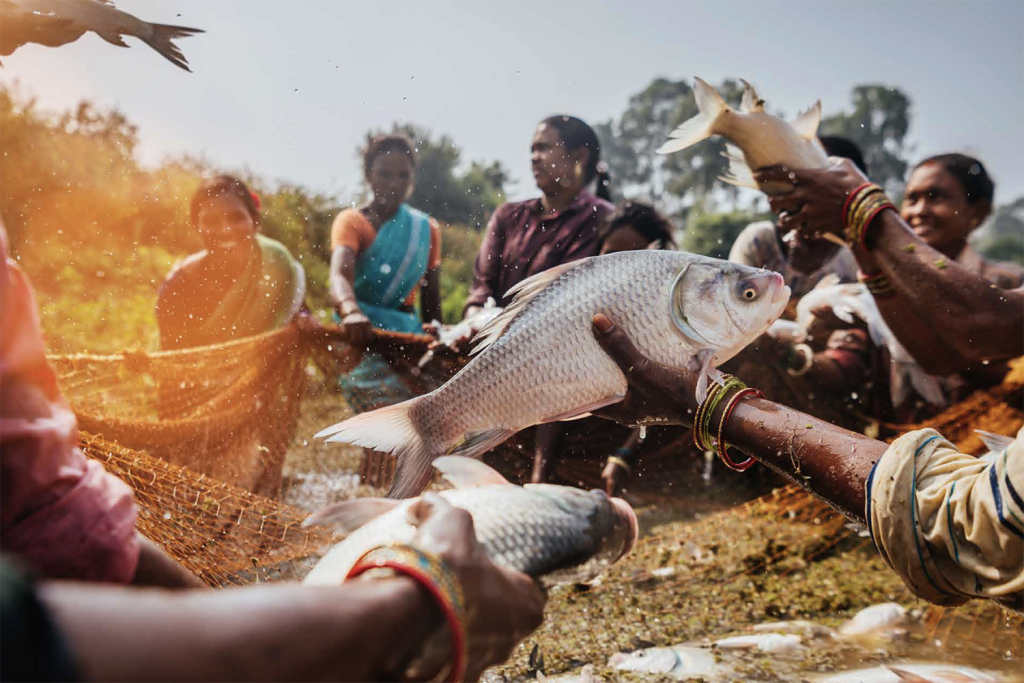
Innovation & Investment
‘They know better than men how to protect their environment and people’: How focusing on women farmers is boosting food security in India
GOAL 22: The Government of Odisha and WorldFish collaborate to boost income and food security in India by teaching women’s groups to raise carp.



